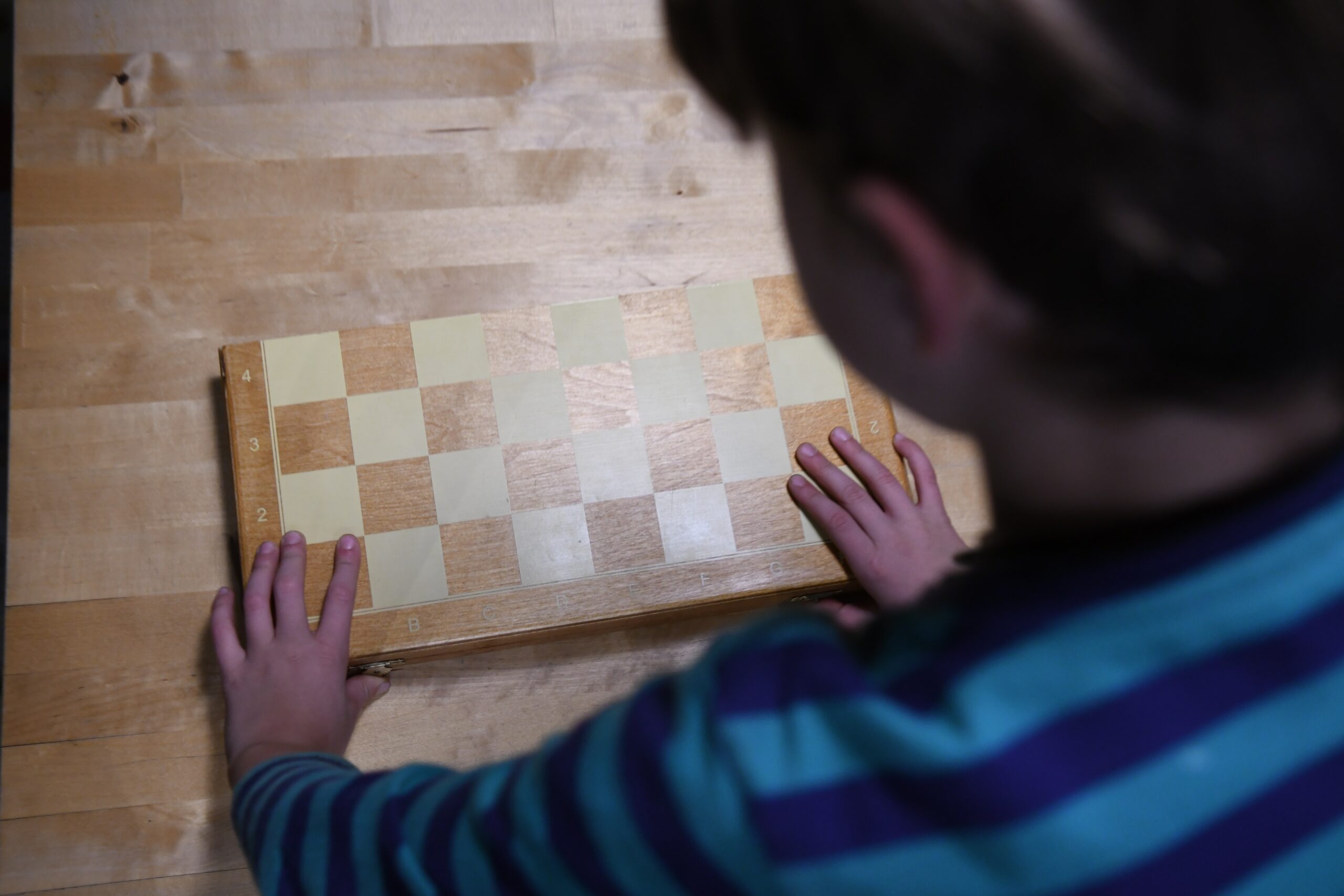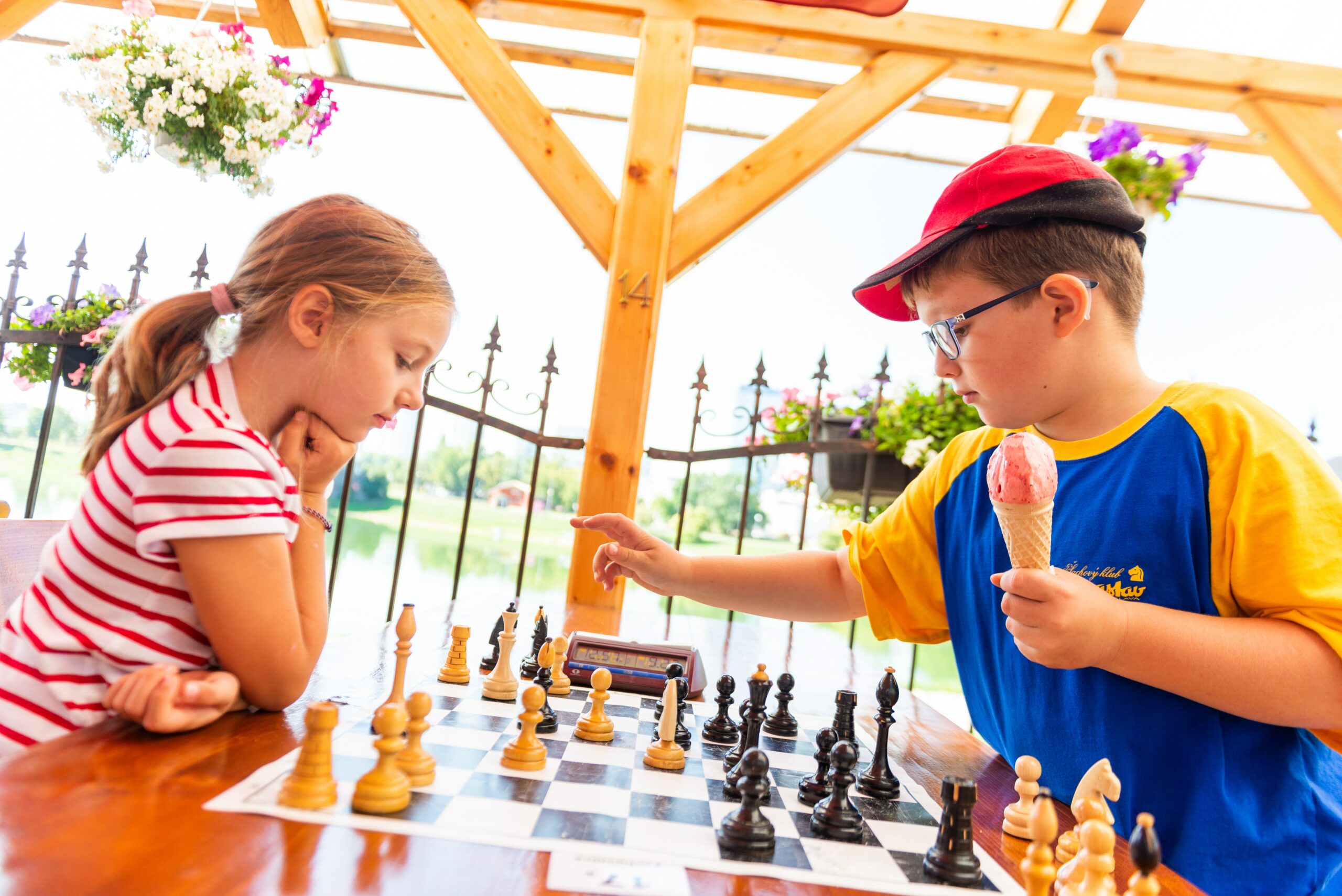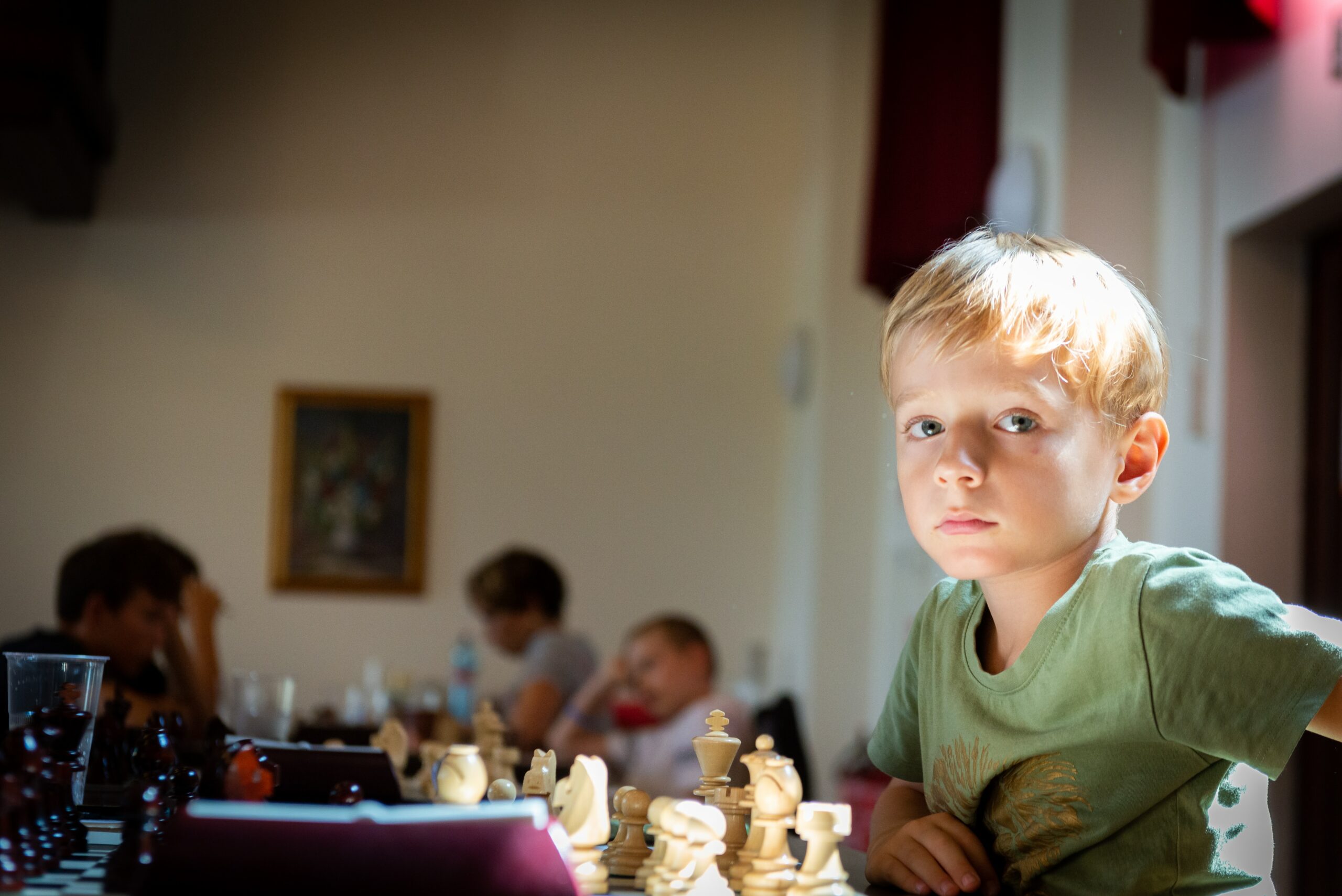Are you looking for a captivating and intellectually stimulating activity for your child? Look no further than the age-old game of chess! Chess is not just a game; it’s a fantastic tool to sharpen young minds, develop critical thinking skills, and instill a sense of strategic planning.
In this comprehensive guide, we will explore the wonders of teaching chess to kids, from the best age to start to creative teaching strategies that will keep them hooked. Get ready to unlock a world of possibilities as we delve into the realm of chessboard adventures!
Why should I introduce my child to chess?
As a parent or guardian, you might wonder why chess is worth introducing to your child. The answer lies in the numerous cognitive benefits it offers. Chess engages both the left and right sides of the brain, promoting brain development and enhancing memory.
It cultivates critical thinking, problem-solving abilities, and decision-making skills, which are invaluable in their overall academic and personal growth. Additionally, chess fosters patience, concentration, and sportsmanship. It’s a wholesome activity that not only entertains but also educates in a fun and exciting way.
What age is suitable to start teaching chess?

The beauty of chess lies in its adaptability to various age groups. Children as young as four or five can begin to grasp the basic concepts, while older kids can delve into more advanced strategies.
When starting with younger children, keep it light-hearted and playful, focusing on introducing the pieces and their movements. For older kids, you can dive deeper into tactics and strategies. Remember, the most crucial factor is to make learning enjoyable, regardless of their age.
How do I make learning chess fun for kids?
One of the keys to captivating kids’ attention is to infuse fun and creativity into the learning process. Turn chess into an exciting adventure by introducing chess-themed stories and characters.
You can use colorful and visually appealing chess sets to pique their interest. Organize friendly matches with their friends or family, creating a cheerful and competitive atmosphere.
Are there any benefits of teaching chess to kids?
Chess offers a multitude of benefits when taught to kids, making it an excellent educational tool. Here are some key advantages:
-
Cognitive Development: Chess enhances critical thinking skills, problem-solving abilities, and strategic planning. It promotes logical reasoning and improves memory and concentration.
-
Academic Performance: The skills developed through chess, such as analytical thinking and pattern recognition, can transfer to academic subjects like math and science.
-
Sportsmanship and Resilience: Chess teaches kids how to handle both wins and losses gracefully, fostering good sportsmanship and resilience in the face of challenges.
-
Creativity and Imagination: Chess encourages creative thinking and the ability to visualize and plan future moves.
-
Decision-Making Skills: Analyzing various options and consequences helps kids make informed decisions and consider the long-term impact of their choices.
-
Focus and Patience: Chess requires sustained concentration, promoting focus and patience in children.
-
Social Skills: Chess tournaments and club activities provide opportunities for social interaction, teamwork, and building lasting friendships.
What are the basic rules of chess?
Chess might seem intimidating with its intricate board and different pieces, but fear not! The rules are straightforward once you grasp the basics. Each player commands 16 pieces, including pawns, knights, bishops, rooks, a queen, and a king.
The ultimate objective is to checkmate the opponent’s king, meaning the king is under threat and cannot escape capture. Pawns move forward, while other pieces have their specific movements. Understanding these fundamentals sets the stage for more exciting gameplay and strategies.
How can I explain the different chess pieces to kids?
Introducing the different chess pieces to kids can be an amusing journey. Associating each piece with a distinct personality or role in the game makes it more memorable. For example, the rook can be the brave castle guardian, moving horizontally and vertically to protect its kingdom.
The knight, with its unique L-shaped movement, can be the gallant horse riding into battle. Let their imagination run wild, and they will quickly grasp the characteristics and movements of each piece.
What are some effective teaching strategies for chess?
As a chess teacher or parent, it’s essential to employ effective teaching strategies that engage and challenge young learners. Start by breaking down the game into smaller, digestible parts, teaching them one concept at a time.
Encourage them to analyze the board and think strategically by asking questions like, “What moves give you an advantage?” or “What would be the best way to protect your pieces?” Incorporate interactive activities, such as puzzles and mini-games, to reinforce their understanding and keep their enthusiasm high.
How can I keep my child motivated to learn chess?

Maintaining motivation is crucial when teaching chess to kids. To keep them engaged, set achievable goals and rewards for their progress. Celebrate their victories, no matter how small, to boost their confidence.
Encourage friendly competition by organizing chess tournaments or matches with peers. Introduce chess-related challenges or puzzles that they can solve independently, providing a sense of accomplishment. Most importantly, be their biggest cheerleader and show genuine interest in their chess journey.
Are there any recommended resources for teaching chess to kids?
Yes, there are numerous resources available to aid in teaching chess to kids. Books with colorful illustrations and simplified explanations make learning more accessible. Online chess platforms specifically designed for kids offer interactive tutorials and practice games.
Chess apps for tablets and smartphones provide an on-the-go learning experience. Local chess clubs and community centers often organize chess classes or workshops for children. Explore these resources to find the ones that best suit your child’s learning style and interests.
How do I encourage critical thinking skills through chess?
Chess is a perfect arena to develop critical thinking skills in children. To encourage this, emphasize the importance of analyzing positions before making moves. Teach them to identify patterns and formulate strategies accordingly.
Regularly engage them in solving chess puzzles, which sharpen their tactical awareness. Encourage them to think ahead and consider the consequences of their moves, fostering decision-making abilities. By consistently challenging their minds, chess becomes a powerful tool for enhancing critical thinking skills.
| Chess Skill | Importance | How to Develop |
|---|---|---|
| Tactical Awareness | Crucial for spotting opportunities and threats | Regularly practice solving chess puzzles |
| Strategic Planning | Key for long-term thinking and developing a winning strategy | Teach kids to analyze the position and make plans accordingly |
| Decision Making | Essential for evaluating moves and choosing the best option | Encourage kids to think through consequences before making moves |
| Pattern Recognition | Helps in identifying recurring themes and applying them in games | Examine classic chess games and patterns together |
| Endgame Techniques | Vital for converting advantages into victories | Teach various endgame strategies and practice endgame scenarios |
What are some common mistakes to avoid when teaching chess?
While teaching chess, it’s crucial to be aware of common mistakes to ensure a productive learning experience. Avoid overwhelming children with too much information at once. Instead, introduce concepts gradually, building a solid foundation.
Don’t be overly critical or focus solely on winning; instead, emphasize the learning process and improvement. Encourage creative thinking and exploration, rather than forcing rigid strategies. By avoiding these pitfalls, you create a nurturing environment that cultivates a genuine love for the game.
How can I organize chess tournaments for kids?
Organizing chess tournaments for kids can be an exciting endeavor that encourages healthy competition and camaraderie. Start small with local events or school-level tournaments. Define clear rules and create age-appropriate sections to ensure fair play.
Promote a friendly and supportive atmosphere where kids can showcase their skills and learn from each other. Consider providing small prizes or certificates to recognize their participation and achievements. Tournaments offer kids a chance to apply their skills in a competitive setting and foster a sense of achievement.
Are there any online platforms or apps for learning chess?
The digital age has brought forth a plethora of online platforms and apps that cater specifically to kids learning chess. Websites and apps like ChessKid, Chess.com, and lichess.org offer interactive tutorials, practice games, and puzzles suitable for all skill levels.
They often feature engaging visuals, gamified learning experiences, and a safe online community for kids to connect with other young chess enthusiasts. These platforms provide a convenient and accessible way to learn and improve chess skills in the comfort of your own home.
How can I help my child improve their chess skills?

To help your child improve their chess skills, encourage regular practice and exploration. Engage in chess-related activities together, such as analyzing famous games or studying specific strategies. Encourage them to play against stronger opponents or participate in online chess communities where they can challenge players of varying skill levels.
Consider hiring a chess coach or enrolling them in local chess clubs for structured guidance. Most importantly, offer continuous support, celebrate their progress, and remind them that improvement comes with dedication and perseverance.
What are some fun chess variants to engage kids?
While traditional chess is captivating, exploring different chess variants can add a layer of excitement and variety to the game. Variants like Chess960, where the starting position of the pieces is randomized, or Bughouse Chess, where teams of two compete using shared captured pieces, introduce novel challenges, and foster teamwork.
Other variants, such as Chess Boxing or Three-Check Chess, combine chess with physical or time-based elements, making the experience even more dynamic. These variants inject fresh energy into the game, keeping kids intrigued and motivated to explore new strategies.
In Summary
Teaching chess to kids goes beyond a mere recreational activity. It nurtures their cognitive abilities, promotes critical thinking, and instills valuable life skills. By introducing chess in a fun and engaging manner, incorporating imaginative teaching strategies, and providing resources suited to their age, children can embark on a captivating journey of intellectual growth.
So, embrace the chessboard and let your child’s mind soar as they navigate the challenges and triumphs of this timeless game.




